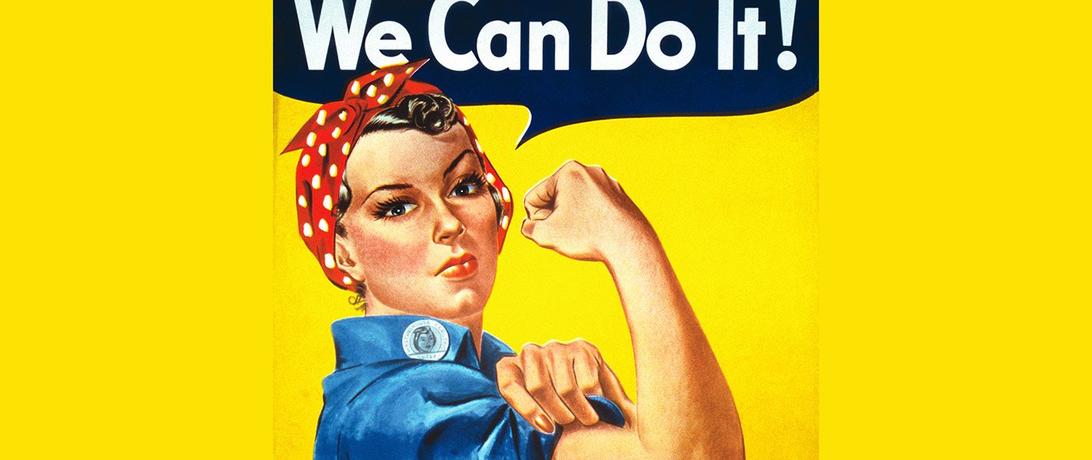January 11th is International Parity at Work Day. This event is particularly significant in 2018 in light of renewed global attention to workspace equality after Iceland became the first country in the world to make it illegal to pay men more than women. Gender parity is critical not only for women’s rights, but also for international security as the treatment of women is linked to the peacefulness of states.
What does gender parity at work look like? Here are some ways to identify it at work:
- Men and women receive equal pay for equal work
- Board members are comprised of both men and women
- Managers and human resources adequately address instances of workplace harassment
- Application processes, evaluation, and opportunities for advancement are the same, regardless of gender
- Companies have family-friendly policies, such as parental leave, lactation rooms, and flexible work schedules
What does gender parity mean to you? Tell us what you think on Twitter with @OurSecureFuture #ParityforPeace
